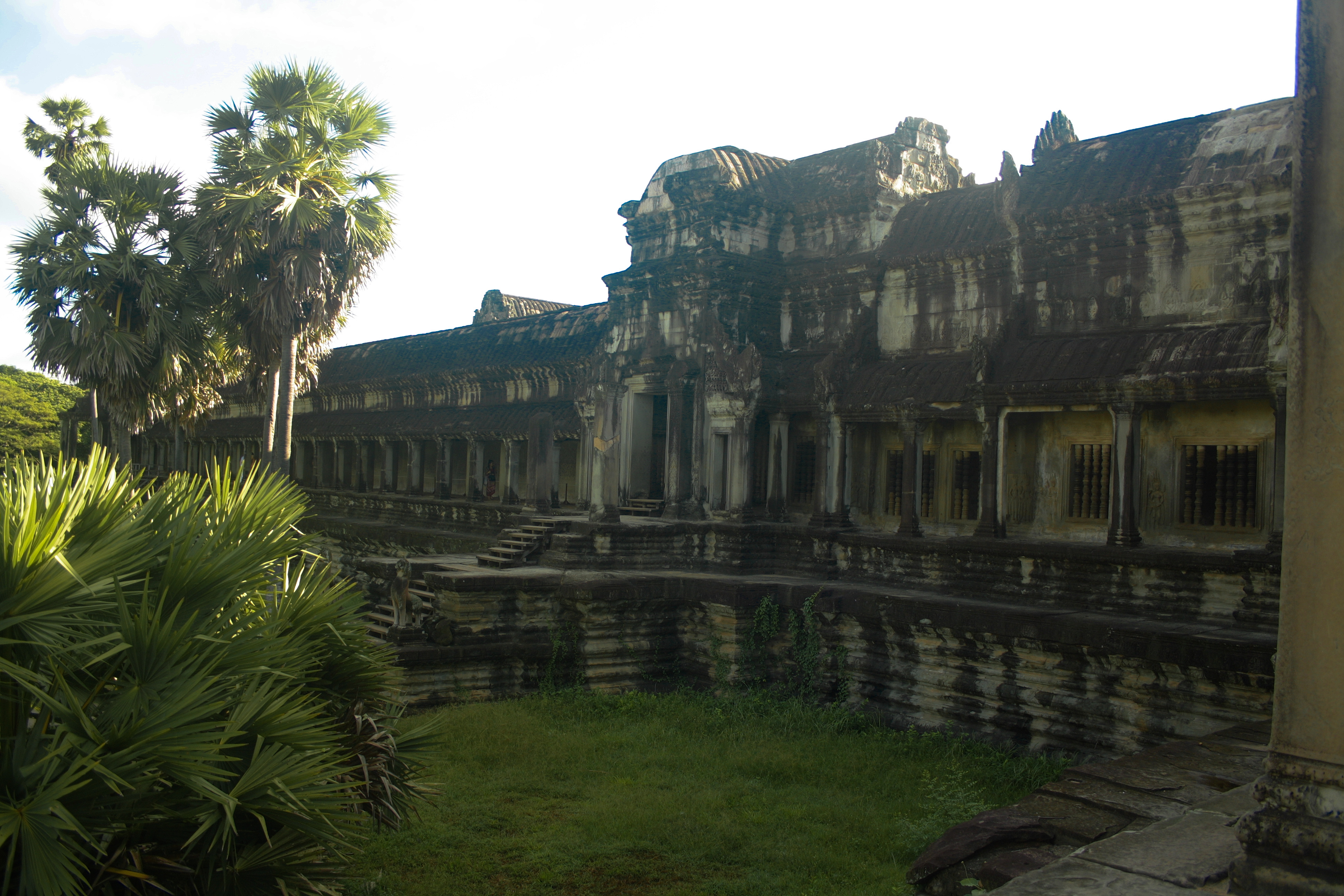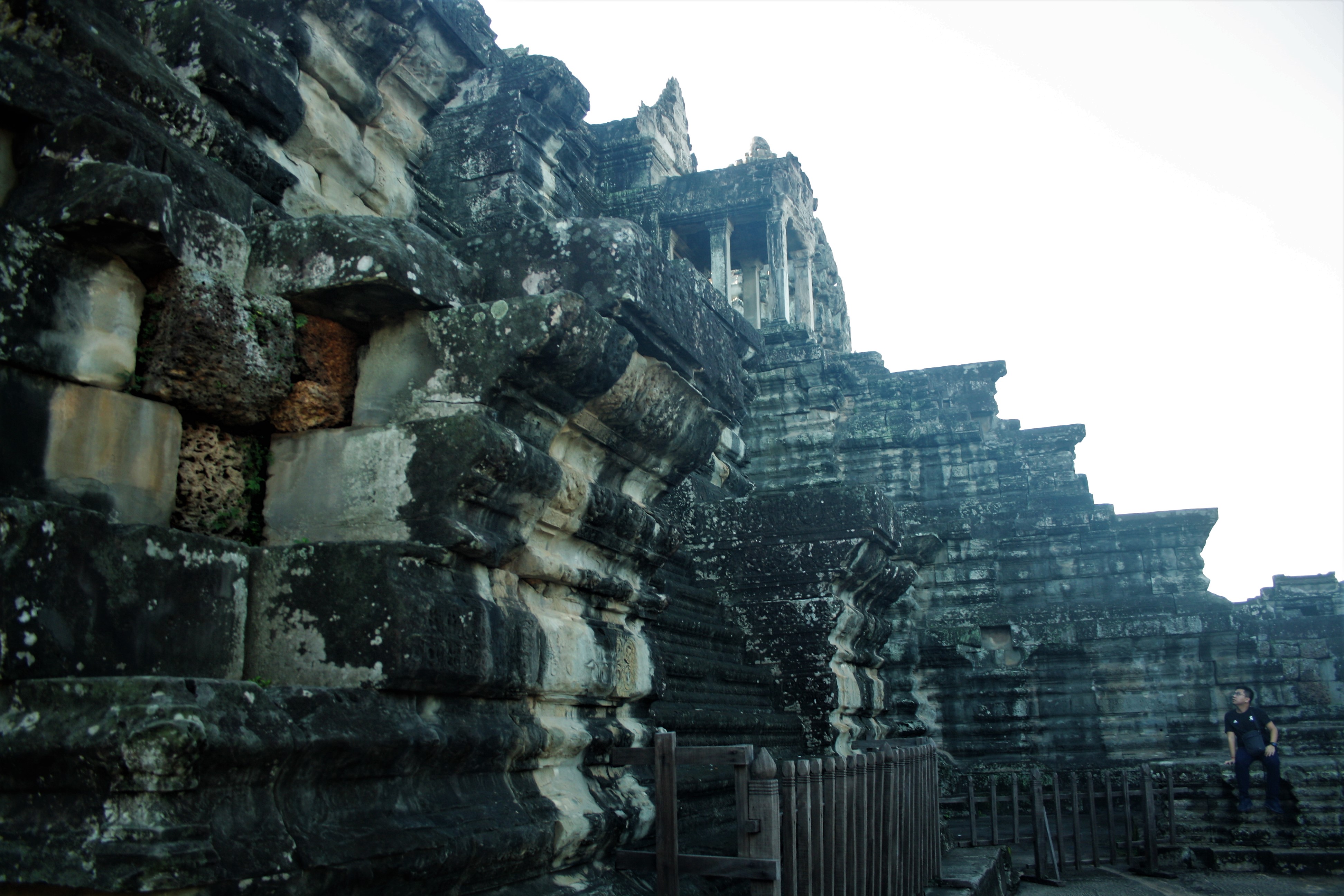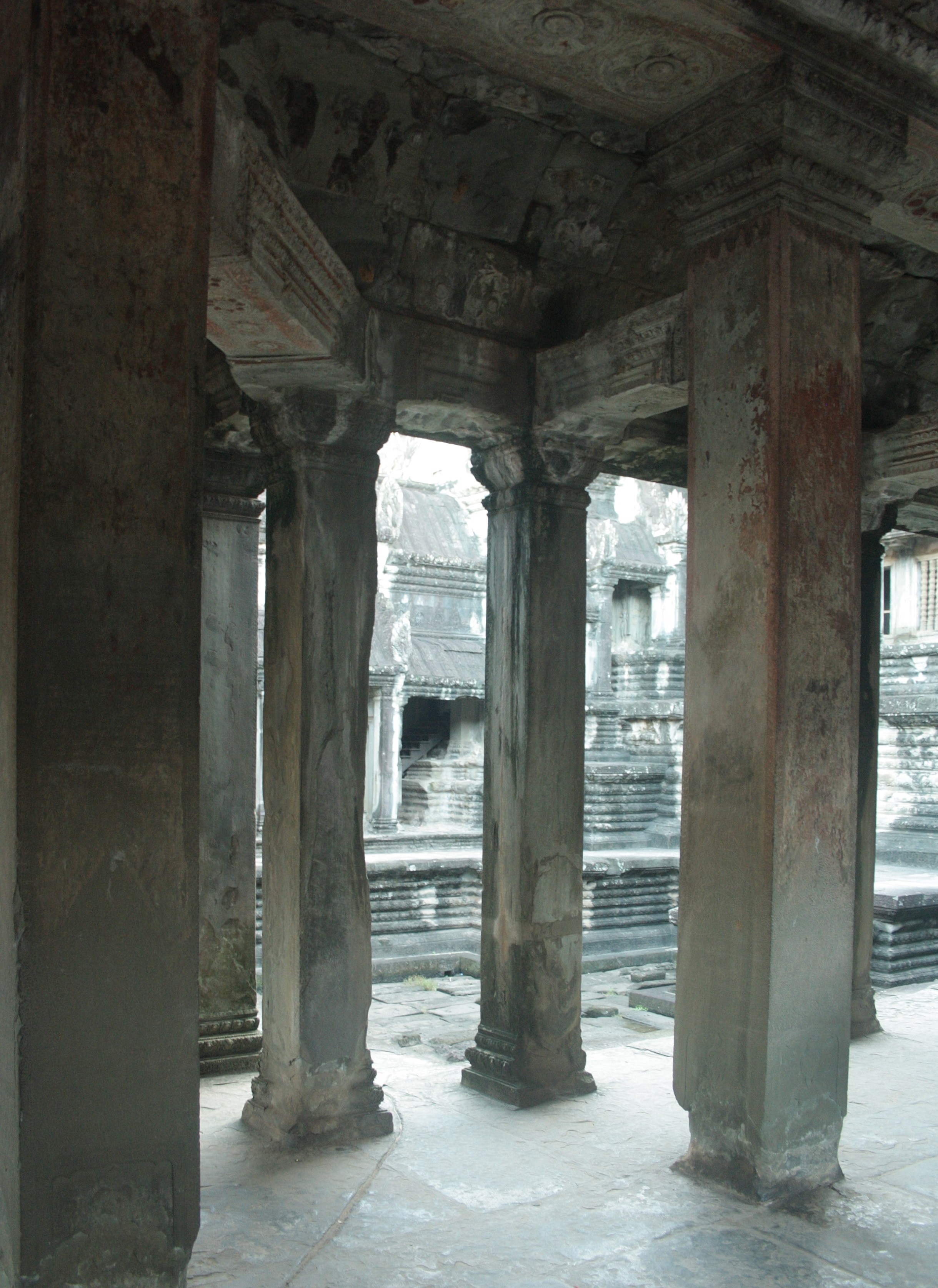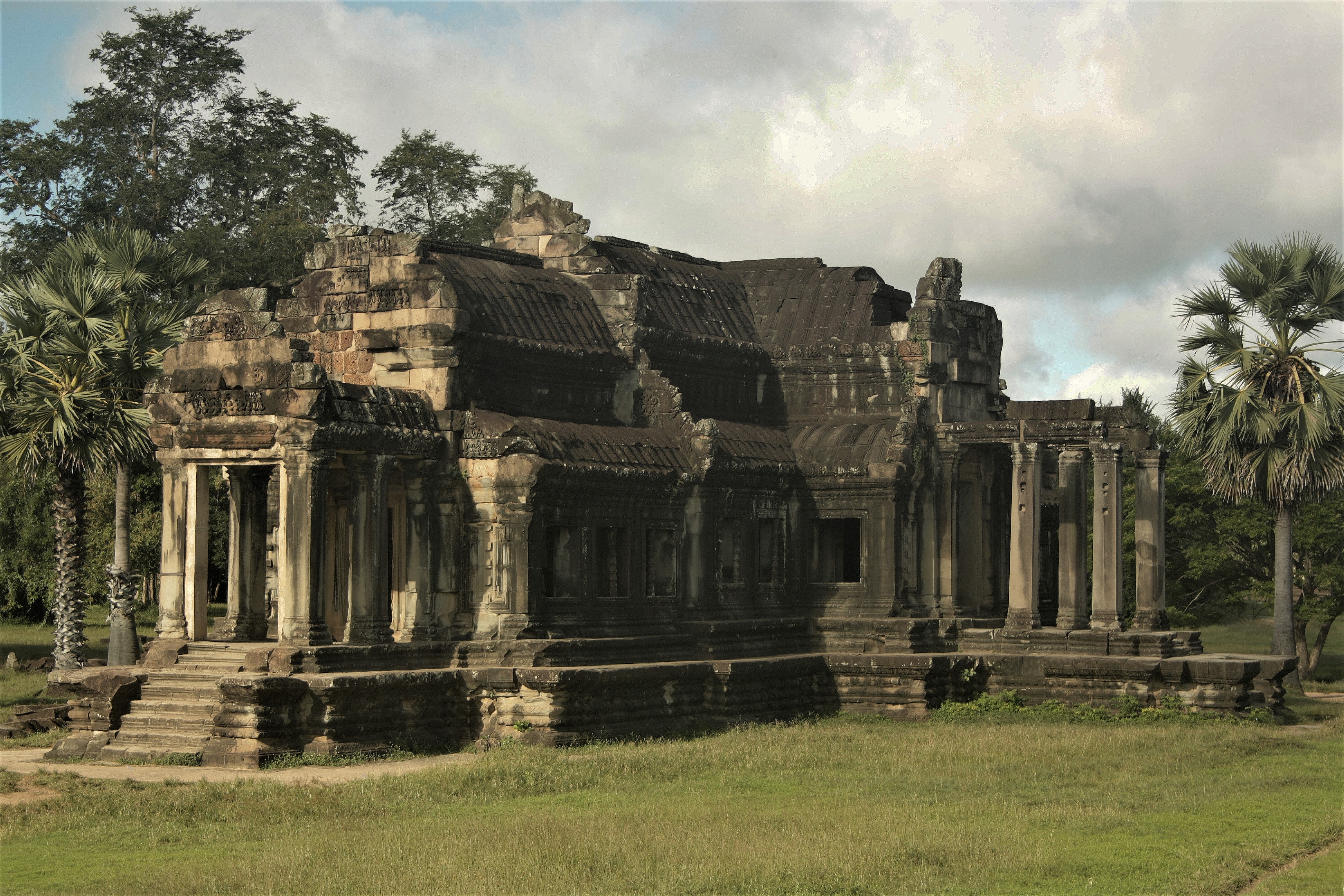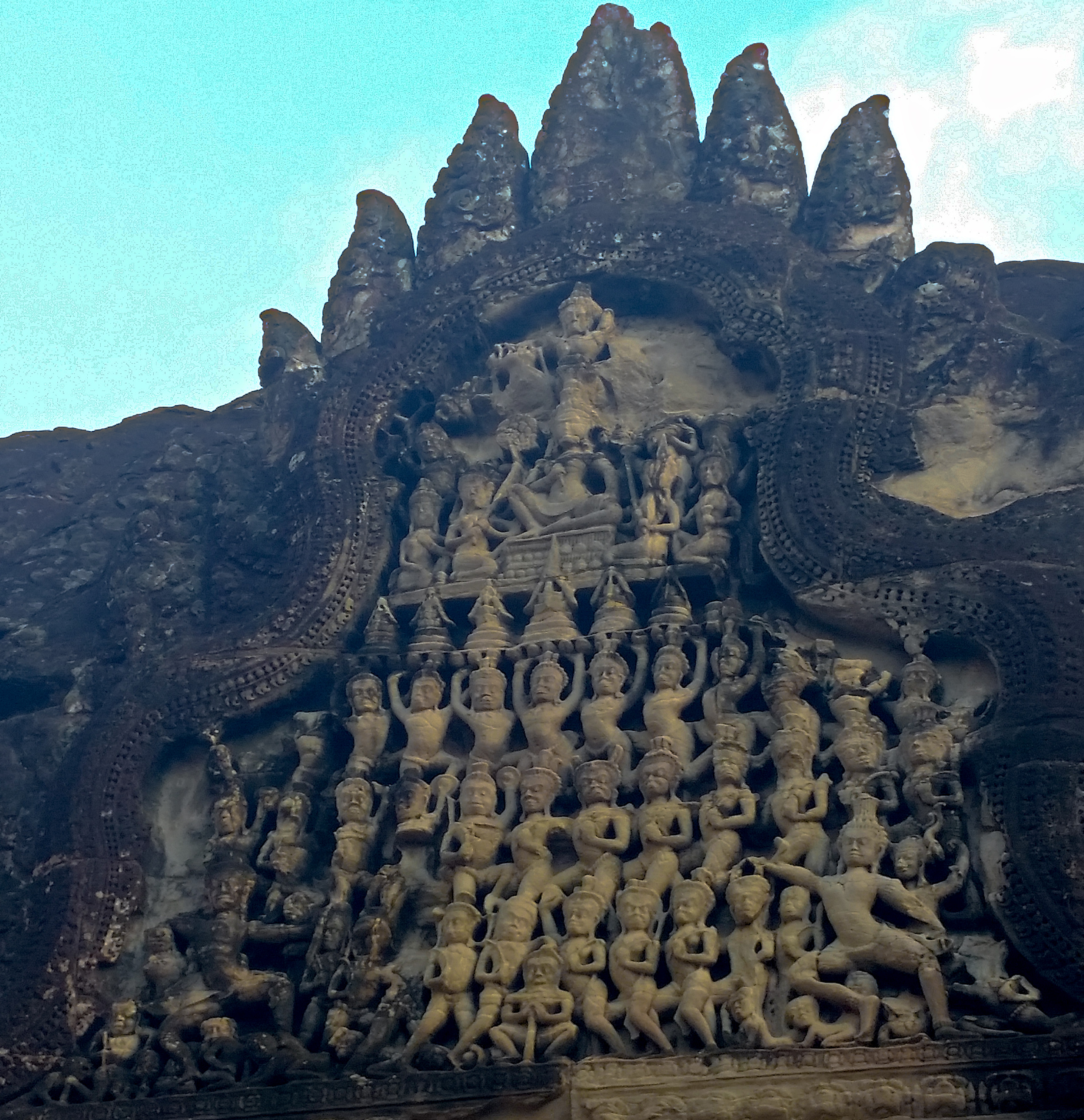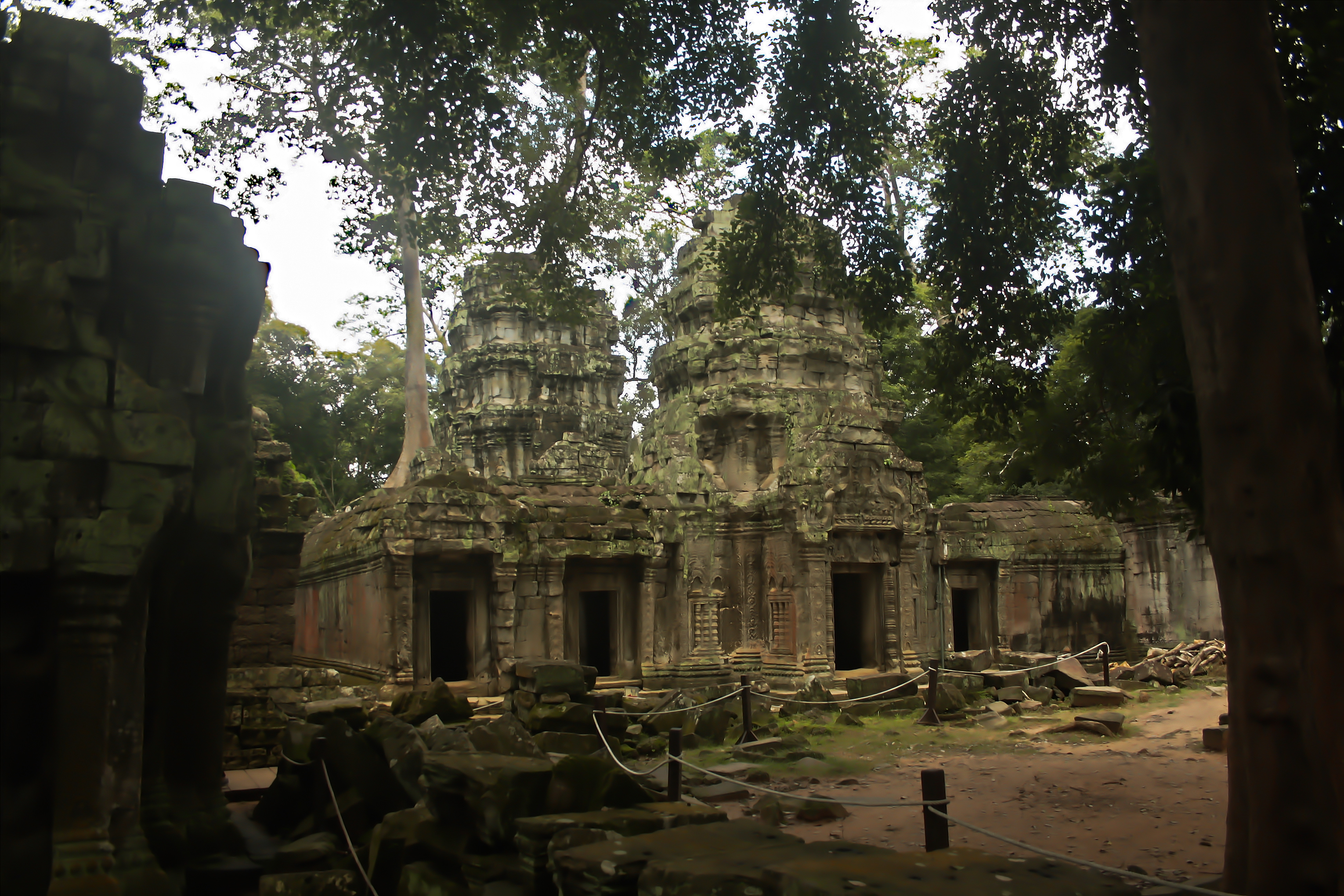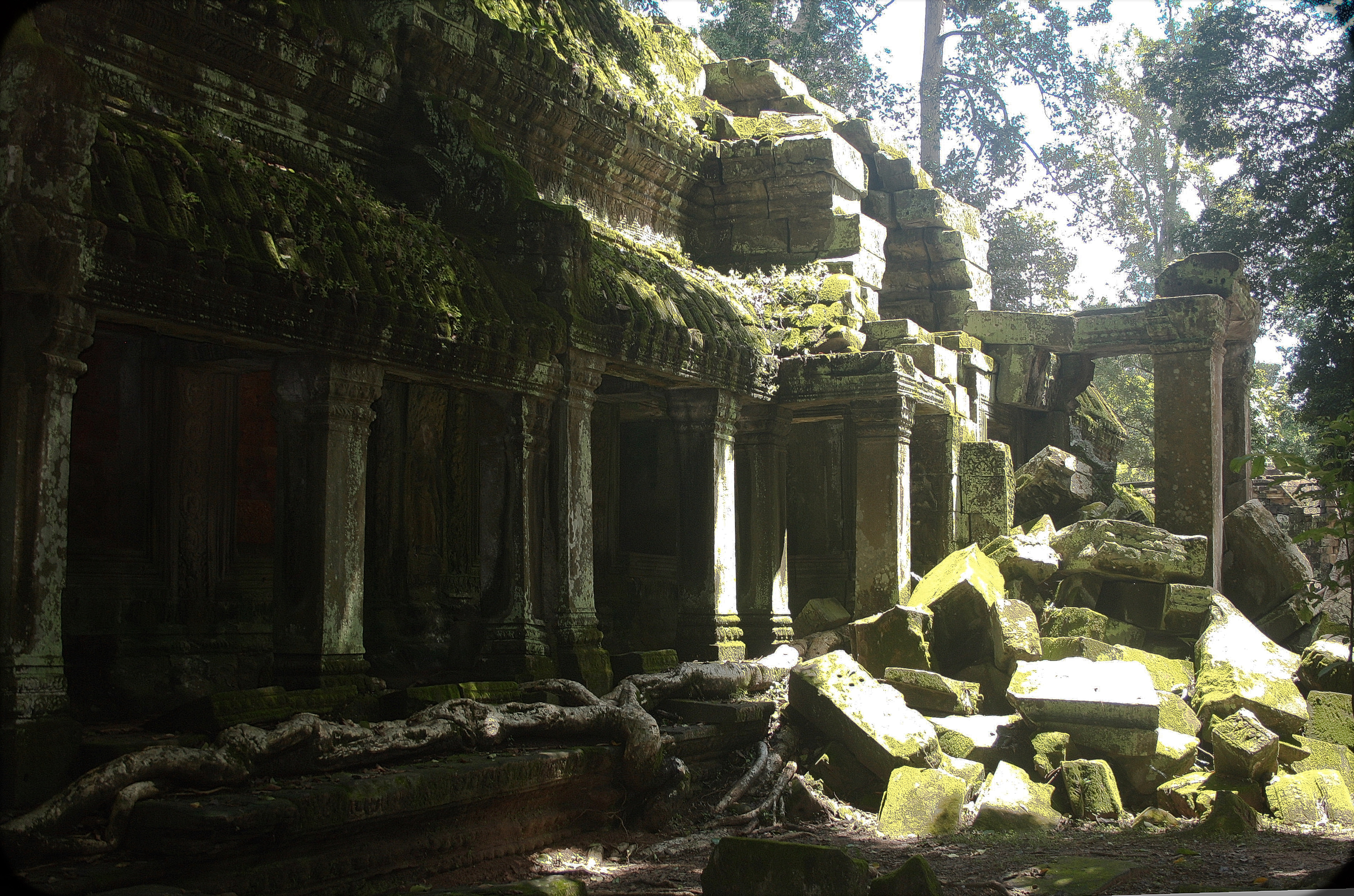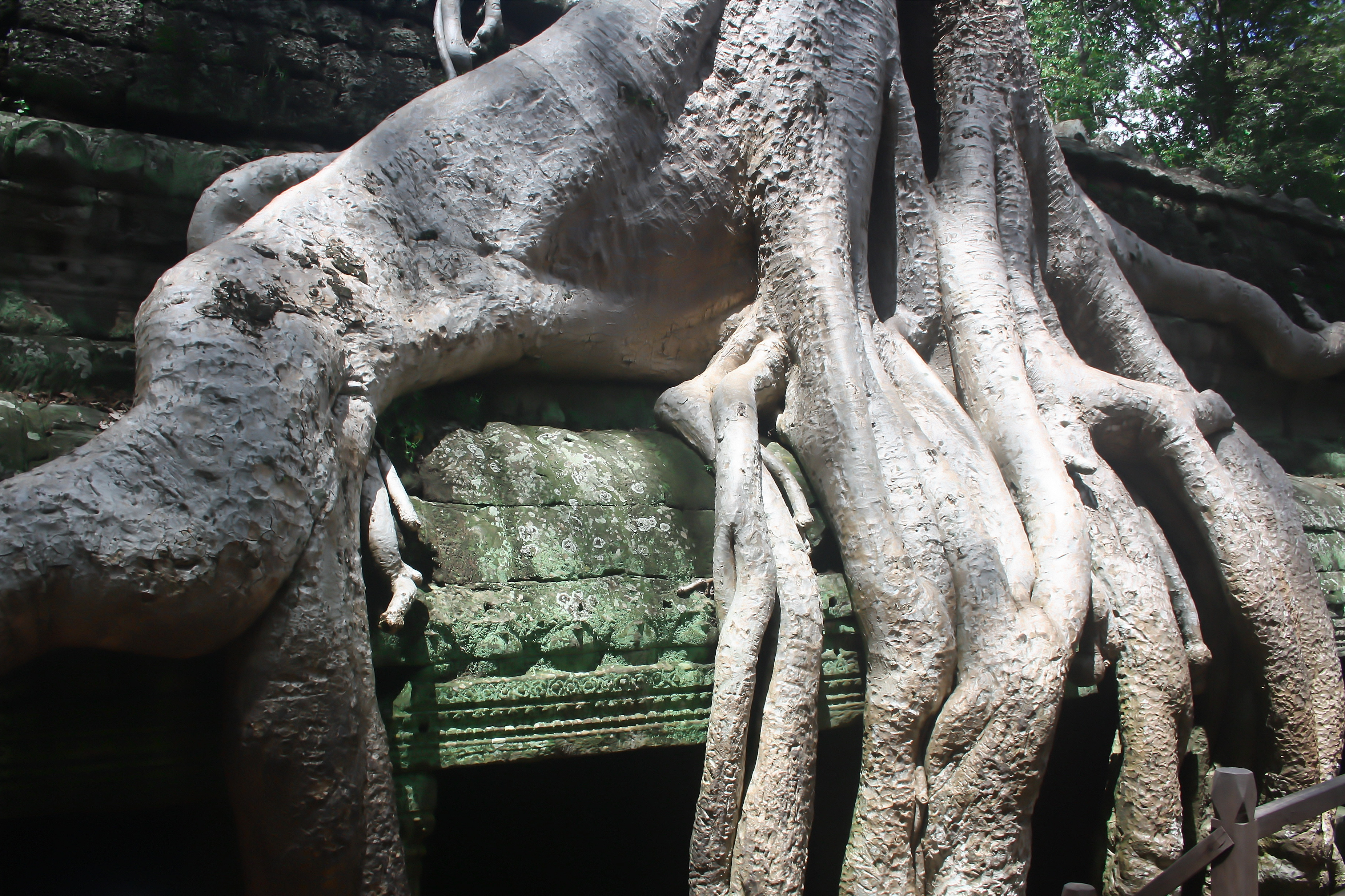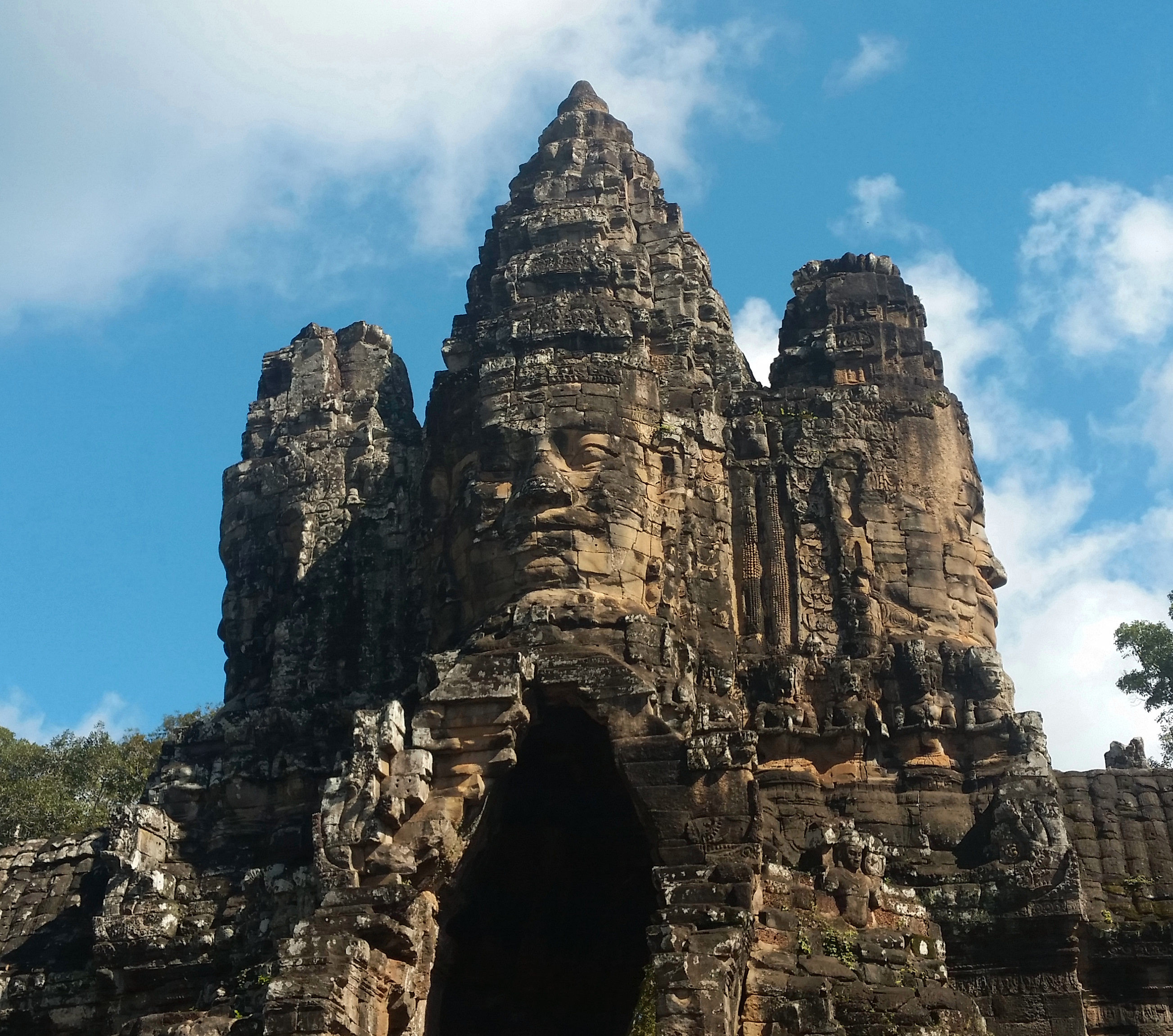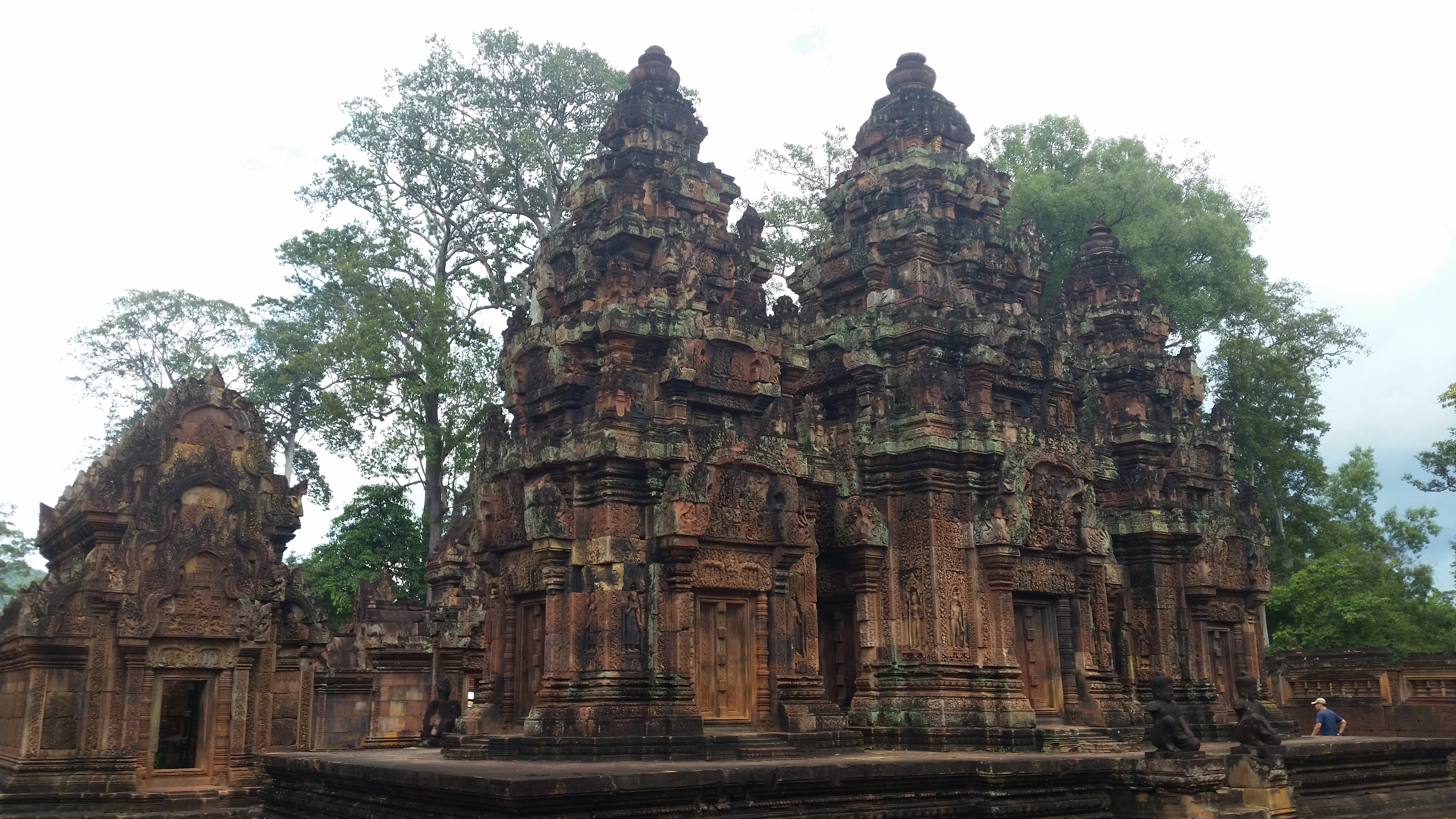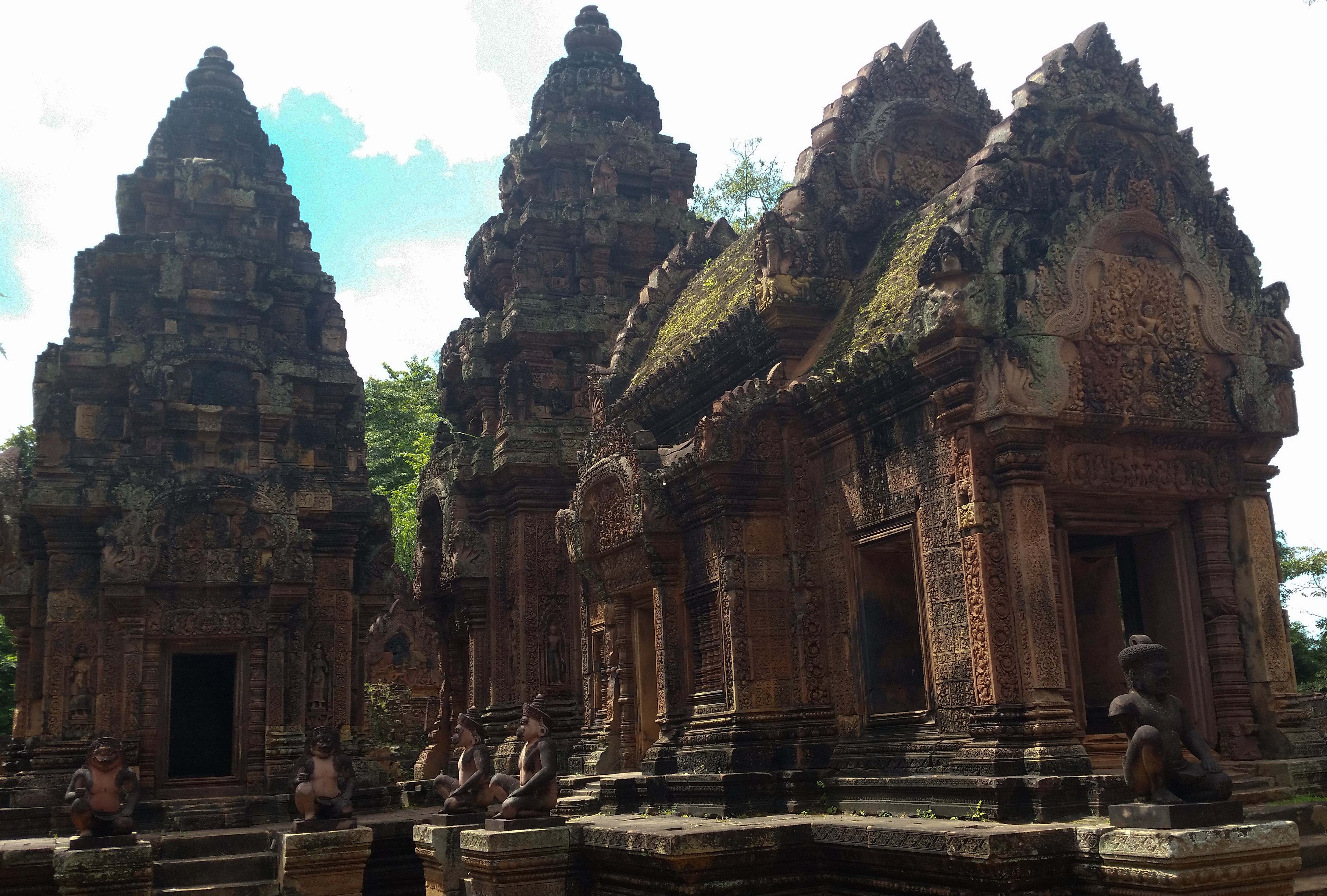Angkor temples
The transience of human achievement. It's reflexive to marvel at the scale of Angkor and wonder at the skill and effort that went into creating it.
The Khmer empire lasted for 500 years from the 9th century, the Angkor complex is spread over 400 square kilometers and had a population of about 1 million
at its height who no doubt thought their civilisation would endure indefinitely.
 Angkor was not invaded by conquering armies, its walls and monuments were not torn down
by attackers. Current thinking is that unsustainable population growth, conflicting Hindu and Buddhist beliefs, environmental degradation and
climate change all contributed to its decline and almost complete abandonment. Sound familiar? And one day, at some point, jungles and deserts will reclaim
the great cities of the modern age provided they're not obliterated first by a narcissistic orange buffoon with access to the nuclear launch codes.
Angkor was not invaded by conquering armies, its walls and monuments were not torn down
by attackers. Current thinking is that unsustainable population growth, conflicting Hindu and Buddhist beliefs, environmental degradation and
climate change all contributed to its decline and almost complete abandonment. Sound familiar? And one day, at some point, jungles and deserts will reclaim
the great cities of the modern age provided they're not obliterated first by a narcissistic orange buffoon with access to the nuclear launch codes.
Angkor consists of scores of temples, hydraulic basins, dykes, canals, communication routes, monuments and large water reservoirs.
Angkor Wat, never completely abandoned and protected from jungle intrusions by its huge moat can in no way be called a ruin. It is in impressively
good condition as is Banteay Srei, 25 kilometeres away and on a much smaller scale but with its delicate red sandstone carvings still showing intricate details.
Ta Prohm, likely the most famous of the temples (Angkor Wat excepted) has been partly restored and partly left covered by the huge roots of the
enveloping jungle canopy. An inspired notion that gives a feel of what it must've been like when the ruins were rediscovered in 1860.
The Bayon is a richly decorated Khmer temple at the heart of the Angkor Thom comlex. While a tad tumbledown its basic structure is in place as are
216 large stone faces smiling benignly from the temple's towers.
Siem Reap
Siem Reap is the capital city of Siem Reap Province and gateway to the Angkor temples and accordingly replete with tourists and accompanying ways to extract their
money, from the legit to the tried-and-tested scams. The big plus for Siem Reap is that it helps maintain the integrity of the Angkor site and its surrounding
jungle by keeping development at a safe distance - about 7 kms between Angkor Wat and Siem Reap.
A tad dusty and untidy, its neglected rubble-esque footpaths are in
worse condition than Angkor's ruins but the place has its good points - a population of about 230,000 spread about avoids the claustrophobia of big Asian
cities, the traffic is at the lower end of the SEAsian craziness scale, it's a good mix of Chinese and French colonial architecture with just a few city high rises
and bland government facilities. Hotels range up to the expansive and ritzy. The Roamin' Ruins recommend the cool and hip
Shinta Mani. No Hospitals-R-Us decor of the big hotel chains here, rather a thoughtfully laid out and
tastefully furnished funkiness with spacious rooms. The shower recesses alone could accommodate an ox and several chickens.
Angkor Wat
Ta Promh, Angkor Thom, Bayon & Banteay Srei
 Angkor was not invaded by conquering armies, its walls and monuments were not torn down
by attackers. Current thinking is that unsustainable population growth, conflicting Hindu and Buddhist beliefs, environmental degradation and
climate change all contributed to its decline and almost complete abandonment. Sound familiar? And one day, at some point, jungles and deserts will reclaim
the great cities of the modern age provided they're not obliterated first by a narcissistic orange buffoon with access to the nuclear launch codes.
Angkor was not invaded by conquering armies, its walls and monuments were not torn down
by attackers. Current thinking is that unsustainable population growth, conflicting Hindu and Buddhist beliefs, environmental degradation and
climate change all contributed to its decline and almost complete abandonment. Sound familiar? And one day, at some point, jungles and deserts will reclaim
the great cities of the modern age provided they're not obliterated first by a narcissistic orange buffoon with access to the nuclear launch codes.
